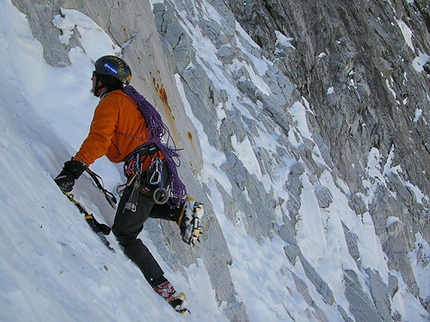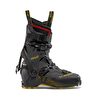A tribute to our friend, Ueli Steck. By Steve House

 1 / 59
1 / 59 archive Ueli Steck
archive Ueli Steck
"There are dreams which are worth a certain amount of risk." – Ueli Steck
Ueli was, and always will be, a leader to me. A visionary who was internally motivated to improve, to forge, to re-test and re-discover himself, over and over again. Ueli wrote a great and profound story with his life and his climbs; he had become a person who knew something about his humanity, his humility, his pride and his ego; he had a certain earned wisdom that is rare in this world. He had so much to teach us. The world is poorer with this too-early-end of his story, we needed to hear what he learned through his alpinism over the next forty years of his life.
When we go into the mountains we don't go there to become rich or famous or good-looking or to have a nice car and a big house. We climb to transform our selves, to come back someone different. And you must want that unknowable, unknown future-self more than you want to be who you are now. Most of us are naturally afraid of change, especially personally, the most deeply terrifying change. But I do believe that once you have done it, once you've been on and returned from these quests, no matter how quixotic they seem in the moment, and you come back different. That is revelatory! Great journeys (of many kinds) reveal profound lessons about ourselves and this universe, an understanding that we are not in fact, static, that we can change, and we can become someone else, someone new, and someone better.
Among the many beauties of alpinism is the fact that there are no significant external motivators. There is no competition, no medals, no prize money. Because it is objectively useless to climb mountains, the magnitude of the personal transformation must be great for us to give so much, including sometimes, our lives.
Climbing mountains has much to teach a person. The rare ones who possess the drive to temper themselves in the forge of climbing at the highest level; those people invariably have much to tell us, to teach us, to share by the end.
People say that Ueli was gifted, that his ability was innate, given. That’s completely wrong. Achieving an Ueli-Steck-level of mastery in climbing is a long-term commitment that requires a consistency that very few people are capable of. What made him that way is, in itself, worth studying, learning from.
Alpinism has the power to expose the timid among us, show them what true courage looks like. Examples hold the seeds of empowerment, and thereby a chance to overcome fear, and in this way live more freely.
Here is what I believe people don't understand about Ueli, and often their own dreams. Ueli took the critical step of understanding the connection between his vision for climbing big mountains and what he did with his life every single day. Consistently. For a long time. Those cumulative daily actions were what made him the visionary that he was, and in our last email correspondence, a mere six weeks ago, he wrote: "I think we are still very far away from the perfect alpinist."
His was a heroic process, which makes the outcome all the more tragic. He had a vision for what could be accomplished by a fit, technically excellent climber, and he made himself into the man that could accomplish that vision, despite clear risks. That is something to be honored and something to be respected. What immeasurably compounds the tragedy of his death is that his process was nearly complete; he had almost nothing left but the sweet part of life.
I don't believe in the platitudes of "he died doing something he loved". The fact of death is much bigger than the circumstance of death; that Ueli’s came fast was perhaps a blessing, but that it was violent gives me nightmares. The fact of his life is what we must remember.
When a major figure of climbing like Ueli dies, there is always second-guessing and criticism. In my opinion Ueli came in for more than his fair share of criticism. Most of the criticism, I believe, is rooted in human insecurity. People didn’t believe anyone could do what he did, their own personal fears too overpowering to even allow the possibility of his excellence, of his achievement. Or they believe the risks he assumed were unjustifiable, yet this view is blind to the mastery, often ignorant of the years of apprenticeship. These are judgements made by people whose perspectives are unable to bend, to believe. The loss is to she who can not see the beautiful in the dangerous, in the risk well executed.
And wouldn’t it have been wrong of him, a man who had a clear chance to make himself into the climber he was, wouldn’t it be wrong for him to ignore that knowledge, that intuition? Is it not wrong to allow greatness to rust on a shelf in the name of playing it safe? Yes, and we all would have been poorer for it.
Tragedy is relentless because no amount of heartache, or wishing, no amount of crying and sadness, nothing can bring him back. So what about the risks he took? The very risks that took him away? Taking risk is a judgment, and judgment is, by definition, making decisions, often life and death decisions, with imperfect information. It is not mathematics, it's not 2+2=4, it is imperfect. Whatever happened to cause his fall, we will never know. And I’d argue that it doesn't matter; it’s simply not possible to be right all of the time. It’s not human.
All alpinists know this. Ueli definitely knew it and he lived with it. He climbed with it and he died with it. This doesn't make it right or wrong or good or bad or selfish or benevolent, it simply is what life, and alpinism, is made of.
"You cannot stay on the summit forever; you have to come down again. So why bother in the first place? Just this: What is above knows what is below, but what is below does not know what is above. One climbs, one sees. One descends, one sees no longer, but one has seen. There is an art of conducting oneself in the lower regions by the memory of what one saw higher up. When one can no longer see, one does still know." - René Daumal
We create this false security around ourselves every day and believe that we're in control of the world and we are all going to live to be 90 and die peacefully, in our sleep, surrounded by loved ones. The world I’ve known is almost always much more unpredictable, much more ruthless, and much more tragic. It is also beautiful and inspiring and we often celebrate beauty and inspiration. But we push away the things we don't like, and we don't like tragedy when it's real, when it’s ours. We prefer fake tragedy, on the stage or a screen.
How do we live, be present, with reality in an inherently tragic world? How do we go out again and climb, or live, make judgments that we know are imperfect and are eventually going to be incorrect? And incorrect at potentially a very high price? We need to admit that the risk exists. And we need to do more to respect and even idolize those people that gave their lives to teach us this hard, horrible, fact. We need to think about them, to remember them, to tell stories about them, to laugh about them, to remember them, because they are here with us, as long as we are here.
I feel lucky to have known Ueli. And the world is better because he lived the way he did. His spark of life was so bright. His vision was so far reaching. In recent years, I found his humility endearing. He was vulnerable with people, something that requires a rare strength and sensitivity. We need people like him, human heroes. We need to be inspired by greatness. We need Ueli to help us deal with our own puny fears. We need him to show us what it really means to live by one’s dreams.
Ueli shaped our community and he shaped the sport of climbing, I believe for the better, by first seeing, and then becoming what is humanly possible. Benevolent leadership by good example feels rare in today’s fractious world. It is something few people ever accomplish. Ueli lived and died as that kind of leader. Thank you Ueli, we can never repay you for living your greatness.
by Steve House
Steve House
Steve House is the mountaineer who in recent years inspired and motivated the "nouvelle vague" of alpinism in its purest form. The type of climbing that rhymes with "alpine style", that is synonymous with fast and light, with extremely little gear, with climbing the mountains from the bottom to the top in a single push. Born in 1970 in Oregon, House earned a degree in ecology and in 1999 became a mountain guide. He first made a name for himself in 2004 with his splendid solitary ascent of K7, and his fame increased further thanks to the incredible first ascent of the central pillar of Nanga Parbat’s immense Rupal Face, carried out in 2005 with Vincent Anderson. This ascent netted him the Piolet d'Or and, quite rightly, he was celebrated as one of the world's greatest mountaineers. But one can understand little or nothing about his way of climbing mountains if one doesn’t start from his beginnings, from his "mountaineering apprenticeship"served on the huge and cold mountains in Alaska and the Canadian Rockies. In fact, it is on Alaska’s McKinley - also referred to as Denali - that in 1995, aged a mere 25, that House forged one of his most remarkable routes. And it was on the largest and most dreaded mountain in North America that he repeated his actions with another two new routes in rapid succession, in 1996 and 1997. Listing all of his major climbs before he broke onto the international scene is no easy task. One route that certainly deserves a special mention is the difficult new line up Mount Bradley, established over three days in 1998 with legendary Mark Twight and Jonny Blitz. While his 60-hour ascent of Denali’s Slovak Direct together with Twight and Scott Backes is a shining example at the start of the new millennium. Speed remained of essence two years later when he teamed up with Rolando Garibotti to race along Mount Foraker's "Infinite Spur": 20 hours were required for the ascent and just 5 for the descent, instead of the 7 days that mountaineers normally require. And the 27 hours for the round trip from base camp to the summit of Cho Oyu and back again need mentioning, too, as they testament an amazing act of resiliance at high altitude. In short, it is this training and growth that paved the way and made everything else possible. Starting with that climb with which House stunned the mountaineering world: his solo first ascent of a new route up the SW Face of K7. An undertaking which was by no means improvised, but which nevertheless left everyone speechless. For its daring nature, but also for the purest of styles in which it was carried out; the ascent proved an authentic enlightenment for mountaineers. On K7, the beautiful mountain in Pakistan’s Charakusa Valley, House set off three times before realising his dream on the summit. A test that was simply unthinkable, given the difficulty and the risks it involved. "Psychologically it was difficult, of course ..." House told planetmountain.com "But every time I came closer to the summit, because every time I learned something new. I had to be at my best, and I needed 3 goes to achieve this." Perhaps this is where the fascination of House’s K7 lies, in this true journey towards knowledge and enlightenment. In 2005 this journey reaped him "only", and not without controversy, the spectator’s Piolet d'Or for the best ascent of the year. At the time House's jpourney to become a reference point for mountaineers worldwide was still in the making. So the following year, in 2005, he returned to the Himalayas, to indicate a direction for a form of alpinism puts itself to the test in order to increase the knowledge of oneself. This time the destination was the immense Rupal Face up Nanga Parbat, and House chose to climb it with his old friend Vicent Anderson. The two set off and instantly entered the "monster", searching for the line they’d noticed from below, the only possible route straight past those looming seracs. They hedged their bets and, after 7 amazing days, topped out on what would later be decreed as the ascent of the year. The third route up that legendary face, the first climbed in alpine style. It was the mountaineering Oscars, the Piolet d'Or, that officially consecrated Steve House. But those who search for themselves never really complete their journey. And House has certainly never ceased doing so. He has continued with other climbs. With other adventures that privilege, first and foremost, the search for a very personal experience. Like his new routes on Mount Robson and Mount Alberta in the Canadian Rockies. And like the publication of "Beyond the Mountain", the book in which House recounts not only his personal story, but also examines the experience as a greater whole. That of life that goes beyond alpinism and the mountains. That of alpinism that has sought out, and continues to seek out, the essence of each individual. Because the interior journys, like those up in the mountains, never really end. (by Vinicio Stefanello)



 Copia link
Copia link


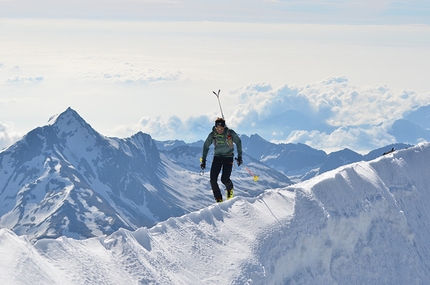
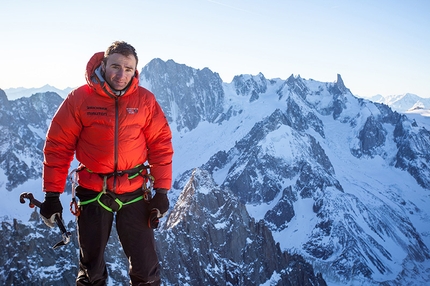
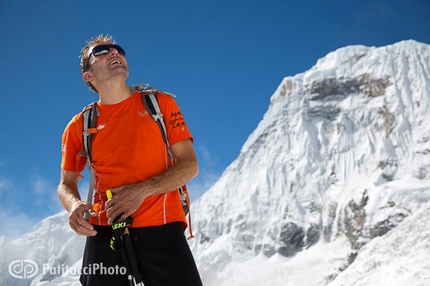
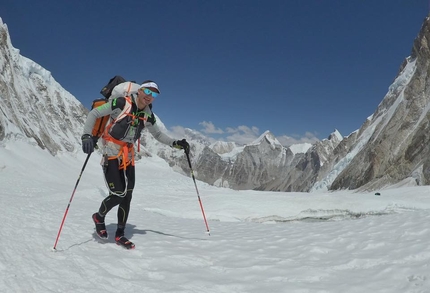

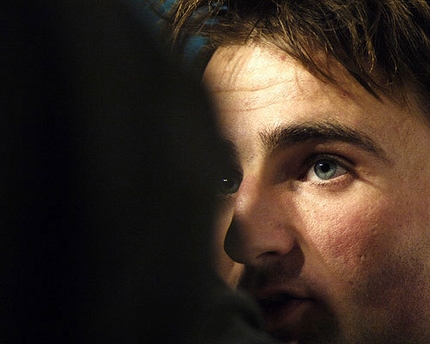



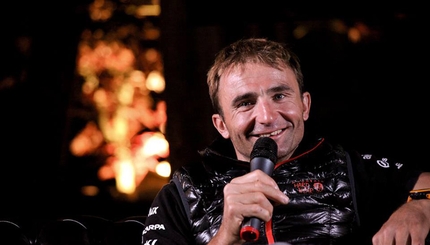
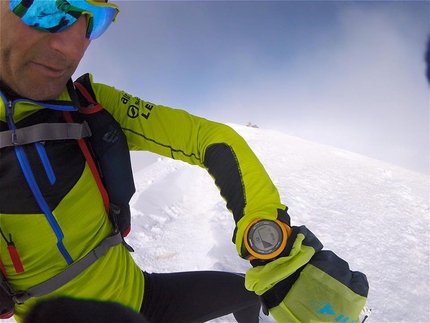
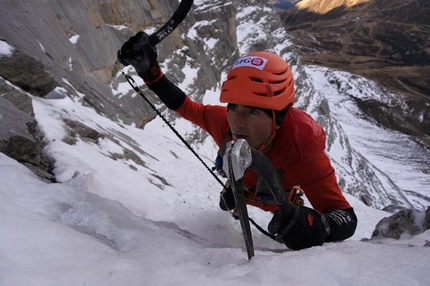
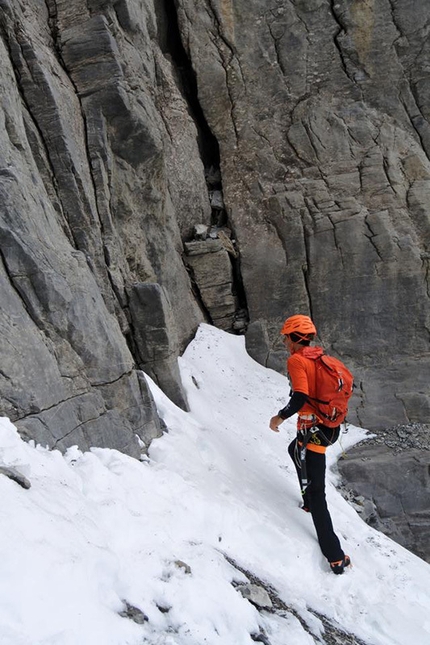
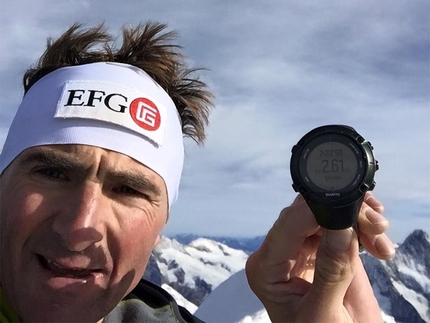
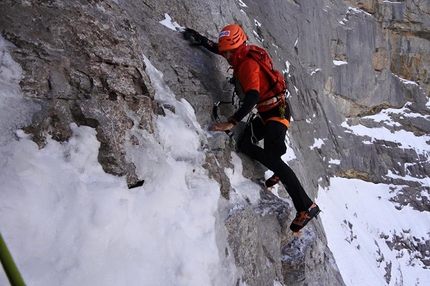

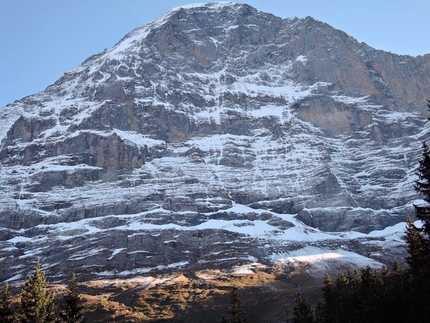
 See all photos
See all photos
